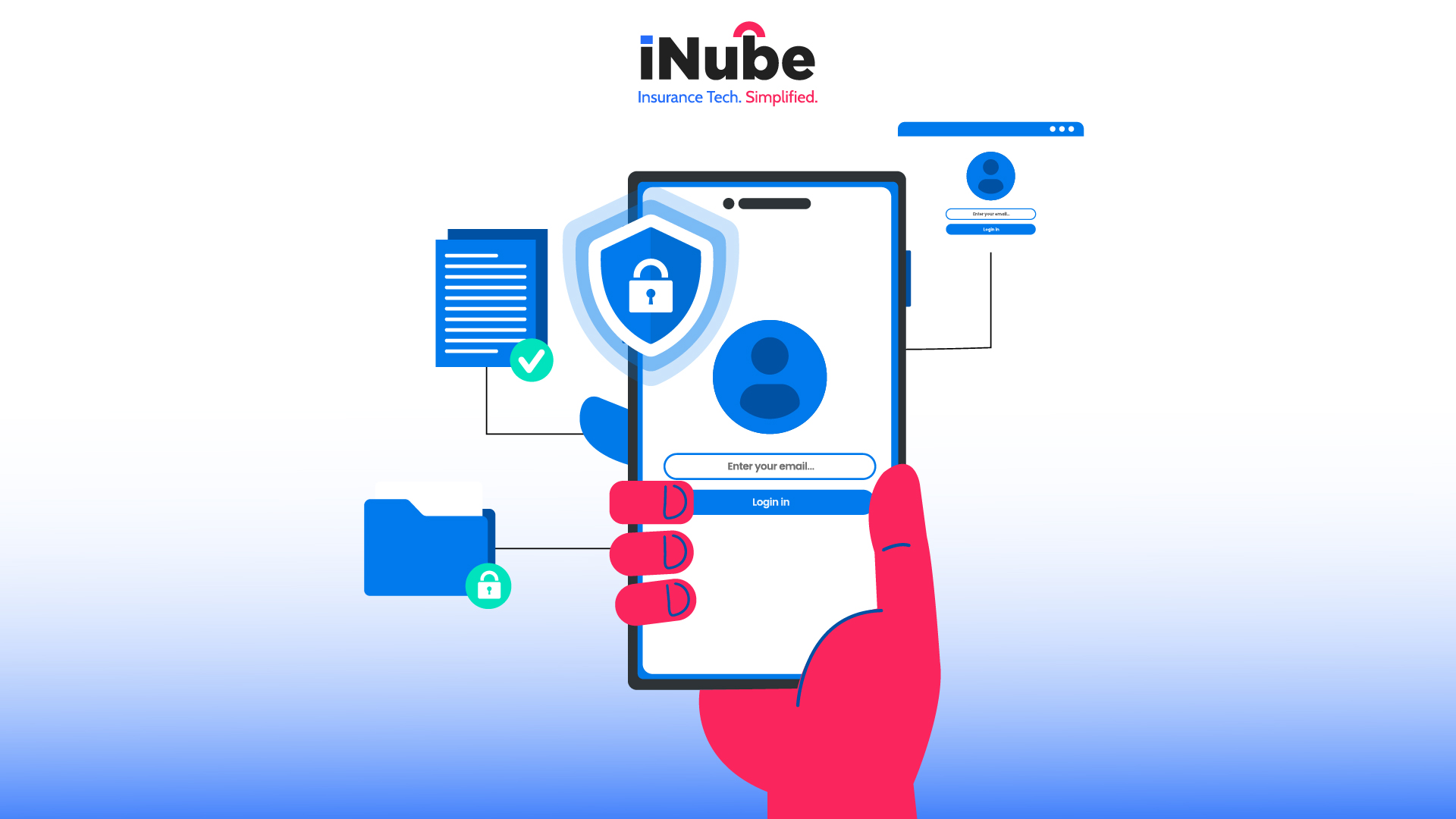Insurance is a dynamic industry, and the phrase ‘core system replacement’ can be a tricky decision for even the most seasoned CIO. This decision comes with the idea of ripping out the legacy systems and then replacing them with modern platforms that not only sound futuristic but also quite complex, expensive, and risky. But there is another way that this problem can be solved.
That’s exactly where modular core modernization includes a smarter, phased approach in effectively transforming the legacy insurance infrastructure without going all-in for a core system replacement.
Why Core System Replacement Might Not Be the Answer?
With digital transformation measures going on in full swing, the insurers face the pressure of aging policy administration systems, which can’t keep up with today’s customer expectations, product agility, or the regulatory demands.
However, while the core system replacements essentially give the promise of core modernization, it also demands significant investment, time, and resource bandwidth- this sometimes spans multiple years without having any good ROI.
However, the harsh truth remains- Almost 70 percent of complete digital transformation rooted in insurance innovation falls flat, while only 30 percent succeed.
Instead of relying heavily only on monolithic changes, it’s high time insurers shift towards online insurance platforms that allow them to effectively modernize, intelligently, incrementally, and impactfully.
Is Core Modernization Only About System Replacement?
Insurance core modernization does not only translate to complete system replacement, but rather it essentially means updating or adding capabilities which include claims automation, underwriting, customer engagement, or product configuration without having to go for a complete core system replacement.
Modern day insurers are connoting insurance core modernization with building effective solutions around legacy systems, that also deploy plug-and-play architecture, low-code and no-code tools, and API-based integration for effectively delivering the modern functionality in record time. You can think of it as going for the remodeling of one room instead of demolishing the entire house.
Envisioning the Bigger Impact by Taking Small Steps
The impact of insurance core modernization is quite significant, and insurers can take some simple steps to live in that reality. Here’s what they can do to opt for digital transformation:
Digital Disruption Enablement
Leveraging an omnichannel agent platform that connects to field agents, bancassurance, and the digital partners via one unified interface without having to alter your core system.
Underwriting Transformation
Deploying a modern automated underwriting engine enables insurers to seamlessly integrate with existing policy systems, thereby enabling straight-through processing and risk assessment in real-time.
Claims Core modernization
It’s important to replace the outdated systems with much smarter and intelligent claims automation modules that use AI/ ML for fraud detection, triaging, and instant payouts. This essentially reduces settlement time and also significantly boosts customer satisfaction. Automation in insurance allows for enhancing the customer experience and the overall policy management process.
Customer Experience Layering
By adding a digital customer portal or self-service app, there is seamless policy issuance, endorsements, renewals, and claims, which essentially track the customer by offering a modern UX, without redoing your back office.
Benefits of Insurance Core modernization that Modern Insurers Can’t Skip
The benefits of insurance core modernization are quite huge for insurers. Here’s what every insurer in 2025 needs to know about insurance transformation:
Lower Risk and Cost
A modern and efficient insurance core modernization empowers the insurers to avoid disruption of a full system change and allows them to focus more on ROI-driven modules.
Faster Launch Time
A modular insurance transformation enables insurers to launch products in weeks and not years. These systems allow for rolling out products or services without having to touch the core.
Higher Flexibility and Scalability
A modular digital system enables on-demand scalability. It seamlessly allows for the addition or removal of components as your business significantly evolves.
Easy Integration with Legacy
The modern modules will allow the insurers to connect with legacy systems via APIs, which empowers the insurers to get the best of both worlds while also not falling behind in tech advancement.
Improved Customer Experience
With modern systems, insurers can deliver modular, digital-first experiences that customers expect today.
When Should Insurers Embrace Insurance Core Modernization?
Insurance core modernization essentially makes sense when the inefficiencies are taking a toll on the performance, but a full core replacement will feel too risky or expensive. These are the crucial signs that every insurer needs to keep in mind before going all in for insurance core modernization:
Legacy Systems are Slowing You Down.
The launch of new products or updates will take months because of the rigid backend system.
Manual Processes are Still Relevant
In 2025, a significant number of insurance teams still rely on spreadsheets, emails, or paper for underwriting, claims, and servicing.
Innovation Remains Stuck in IT Bottlenecks
The business teams can’t experiment or even deploy any digital journeys without having any kind of long IT lead times.
Customer Experience is Taking a Back Seat
It’s time insurers needed to understand that digital touchpoints are outdated, fragmented, or non-existent, which affects engagement and retention.
Lack of Real-time Data and Analytics
Reliance on outdated technology results in slow decision-making and reactivity because the insights get buried in the siloed systems.
Waiting for the Perfect Time is Not the Answer, Taking Action is
It’s essential to recognize that there’s no ‘right time’ for replacing legacy systems; the time to act is now. Enabling insurance core modernization through modular transformation allows the space for insurers to innovate without any major disruption, deliver digital experiences to the customers, and also create future-proof insurance operations, one module at a time.


